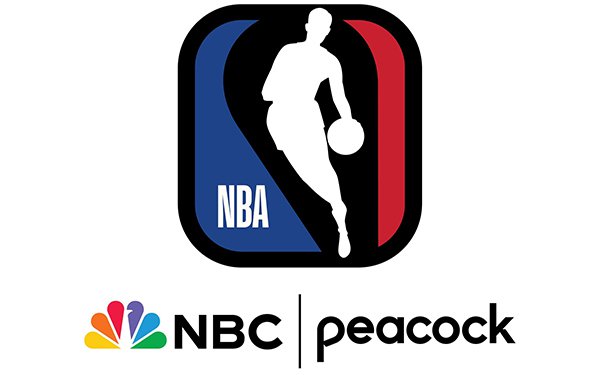
Non-sports programming on broadcast TV continues to be pushed
around due to rising interest in all things sports.
How far can this go?
In September, Nielsen says, a massive amount of broadcasting viewing came from sports -- 33% in prime time.
That’s up from 11% in August.
Much of this, of course, comes with the start of the NFL and college football seasons. But is this higher than in recent years -- the month that
traditionally is the start of the TV season.
There is more to the mix this year. The NBC Television Network (along with its streamer Peacock) has a new $2.45 billion-per-year deal with the NBA
giving the group around 100 games -- including All-Star and playoff games through the season.
It comes at a high price tag, of course. A Wall Street Journal report cited that in the
early years of the 11-year deal, NBC could lose between $500 million and $1.4 billion per season.
advertisement
advertisement
This is how it goes overall with major sports leagues -- major losses are expected. But the
programming content can yield overall strong financial rewards down the road.
For starters, now NBC is charging around $130,000 for a 30-second commercial in regular-season games. Those same
commercials were priced at around $50,000 while the live, linear TV sports package was at TNT -- a cable network that had the NBA for 36 years.
NBC will also be able to command more from TV
and streaming distributors in terms of transmission and carriage fees -- and there is a stronger platform with the NBA to promote its own programming and businesses.
Live TV is ever more
valuable. Can it stop there? Paramount Skydance recently agreed to a massive seven-year, $7.7 billion deal to get UFC -- the Ultimate Fighting Championship -- to air mixed-martial arts fighting
content.
Nielsen says the 33% share of broadcast TV viewing going to sports was boosted by 15 NFL broadcasts of games that were the most-viewed of any content on
broadcast TV in September. The NFL also had the top five most-watched on cable.
Can broadcast TV networks add to this?
Over the last two years, ABC Television Network began offering
more airings and/or simulcasting with its cable network ESPN, with “Monday Night Football.” This was partly attributable to issues stemming from the writers' and actors' strike in 2023.
ABC originally had “MNF” for 36 years -- from 1970 to 2005, when it then moved exclusively to ESPN.
One key reason that linear TV programmers keep fresh non-sports
entertainment scripted shows on their networks is that over-the-air TV helps them to drive marketing engagement, attention and usage -- and potentially ad revenues -- for those shows that air on their
sister streaming networks the next day.
But not all new premium TV content gets that kind of trajectory. Streamers -- including those owned by legacy media companies -- also start up TV shows
exclusively.
Will that model -- the sports-to-entertainment share model -- change in future years? And if so, will more sports -- which perhaps are not top-of-mind now -- make more
in-roads?
Women’s sports? Live pickleball in prime time, anyone?